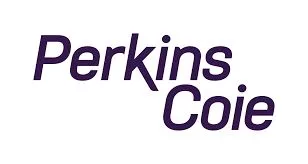- within Transport, Family and Matrimonial and Real Estate and Construction topic(s)
In the making for a long time, the SEC proposed rules yesterday that would change how mutual funds disclose their proxy voting – and would require institutional investors to disclose their say-on-pay voting records for the first time. Here's the 174-page proposing release.
It's been 18 years since the SEC first started requiring public disclosure of mutual fund voting – on Form N-PX – and many believe that changes have been long overdue. (There was a SEC proposal in 2010 that didn't go anywhere.) That's because the Form N-PXs can be difficult to parse – some are hundreds of pages long – even a thousand pages long – and in a format that is challenging to the lay reader.
Each fund can format their N-PX any way they choose under the SEC's existing rules. The reports also aren't machine readable, a “must” in today's world. It's a real scattershot framework that doesn't produce disclosure that can be readily consumed.
Here are six things to know about the SEC's proposal:
- More Uniformity for Agenda Item Descriptions – Funds would be required to use the same language to describe each voting matter as is used on the company's form of proxy – and to categorize each matter by category and subcategory.
- More Uniformity for How N-PX Is Organized – Funds would be required to organize their reports a certain way in order to make the disclosures easier to read and compare across funds.
- “Machine Learning” Enabled – Funds would be required to use a structured data language.
- Disclosure about Securities Lending Activities – Funds would be required to disclose how their securities lending activities impact voting. Some funds “loan” their holdings in a manner that allows others to vote their shares – this activity would be disclosed under this proposal.
- Institutional Investor Disclosure about “Say-on-Pay” Voting – Institutional investment managers, as defined by Section 13(f) of the Exchange Act, would be required to disclose how they voted on executive compensation, or “say-on-pay,” matters, something that funds already disclose in their N-PXs.
- Form N-PXs Still Due Annually by August 31st – Leading up to the proposal, there was speculation that the SEC would propose more frequent – or at least, a shorter – deadline for reporting. However, the SEC proposes to leave the August 31st annual deadline as it is.
The content of this article is intended to provide a general guide to the subject matter. Specialist advice should be sought about your specific circumstances.


